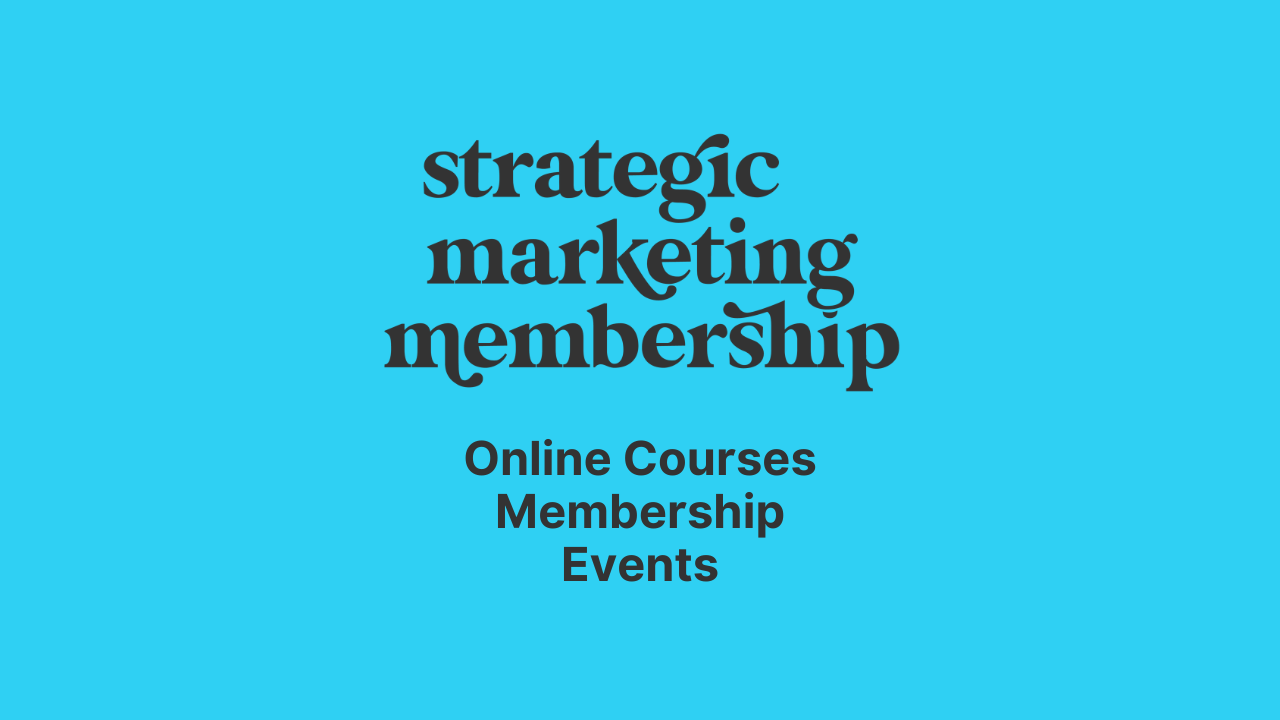Are you thinking of starting your own business? If so, you're not alone. This blog post will discuss ten steps to help you start and build a successful business.
In 2019, there were about 30.7 million small companies in the United States. This number is growing due to the pandemic and Great Resignation.
Starting a company may be one of the most thrilling activities you'll ever take on. But, if you don't take the necessary startup steps, a lot can go wrong.
In fact, according to the U.S. Bureau of Labor Statistics (BLS), 20% of new businesses fail during the first two years of being open, 45% during the first five years, and 65% during the first ten years. Only 25% of new businesses make it to 15 years or more.
According to the BLS, entrepreneurs started 843,320 new businesses in the year ending March 2021.
We can expect approximately 168,664 of these businesses to fail within the first two years from the historical data. With proper planning, funding, and flexibility, businesses have a better chance of succeeding.
Trusted Marketing Advice
SIGN UPStep 1: Put Effort into Research
An idea is the basis of any business. So, if you already have a notion about the type of business you want to start, you've already completed the initial basic step.
But don't get comfortable yet. Chances are, a million and one businesses are selling the same thing or providing the same service as you. So, what is it about you, your brand, and your product that distinguishes you from the competition? This is where research comes in handy.
It's time to get researching if you have a business idea. Start with market research and competitor analysis to determine the viability of your business concept.
Consider the following questions during the market research phase of business development:
- Who is your target market?
- What needs and wants does your target market have that aren't being met by other businesses?
- What are the unique selling points of your business?
- How will you reach your target market?
- What are the risks and challenges associated with starting this type of business?

Competitor analysis is the process of investigating your competitors, understanding their strategies, and finding ways to beat them.
Consider the following questions during the competitor analysis phase:
- Who are your main competitors?
- What are their strengths and weaknesses?
- How can you improve upon their weaknesses?
- What is your competitive advantage over other businesses in your industry?
- What are your competitors' marketing strategies?
- How can you beat them at their own game?
Doing this research will give you a much better idea of what you're up against, how to position your business, and where potential opportunities may lie. The Small Business Administration offers a free online tool called SizeUp to aid the competitive analysis process.
Step 2: Create a Detailed Business Plan
You have already done your research. You know the why, how, who, and what of your business plan. Now it is time to get it all together, jot it down on paper, and give it structure.
If you don't already have plans to approach a conventional bank for financing, your company plan may be rather basic. The following sections should appear in a basic business plan, according to templates provided by The Balance:
- Vision: D your business concept and future goals. Describe the kind of business you're establishing, how you expect it to develop over the next year, and where you want it to be in five or ten years.
- Mission: Detail the features and functionalities of the products and services you intend to provide, details of your target market, and describe your unique selling proposition — what you will offer that your competitors don't. Note whether you'll be a home-based business that primarily sells online or if you'll have a physical location.
- Pricing Strategy: How are you going to price your products or services? The product costs must be competitive enough that customers will choose your business rather than the competition. You also want to make a profit. The aim is to strike the right balance between affordable and profitable.
- Marketing: How will you let people know about your business? This section should include a description of what marketing channels and activities you'll use, such as online ads, print media, or P.R.
- Objectives: This is where you set specific goals to be achieved within a certain time frame. A good objective is SMART: Specific, Measurable, Achievable, Relevant, and Time-bound. For example, "To increase our market share by 20 percent in the next six months." Include any potential roadblocks you'll encounter on the way to these objectives, as well as strategies for overcoming them.
- Action Steps: In this section of the business plan, you should provide a detailed description of how you will go about achieving your objectives.

Successful businesses don't just happen; they are planned that way. By writing out a business plan, you will significantly increase your chances of success. And although it may seem like a lot of work, once you have all the pieces in place, it will be well worth it!
If you're unsure where to start, plenty of business plan templates are available online. Once you have a general outline, fill in the specific details for your business.
Step 3: Create a Budget
Creating a budget is one of the most important steps when starting a business. This will help you determine how much money you need to get started and how much you can realistically spend on each aspect of your business.
To create a budget, start by estimating your total startup costs, including the cost of renting or leasing office space, purchasing equipment, hiring employees and fees associated with licensing or forming your business. Then, research the average cost of running a business in your industry and use that information to create a more accurate budget.
Set up a system to manage your finances, including accounting software to do cash flow projections and actual versus budget reporting. This will help you stay on track and make necessary adjustments along the way.
Moreover, it's also essential to keep your budget flexible. As your business grows, you may find that you need to increase your spending in certain areas, such as marketing or employee salaries. By keeping your budget flexible, you can make adjustments as needed and ensure that your business is continually operating within its means.

Step 4: Decide on a Business Structure
There are a variety of business structures to choose from, and the most appropriate one for your company will depend on several factors. You'll need to decide on the business structure that best suits your company to get started. The most common types of business structures include sole proprietorships, partnerships, LLCs, and corporations. Each has its advantages and disadvantages, so it's essential to choose the one that best suits your business.
For example, a corporation has limited liability protection for its owners, meaning that the shareholders' personal assets cannot be taken to pay business debts or liabilities. This is a significant advantage of incorporating your business. However, corporations may also subject to double taxation, meaning that the corporation itself is taxed on its profits, and the shareholders are taxed again on any dividends they receive from the corporation.
LLCs offer limited liability protection for their owners and are often considered a hybrid between a corporation and a sole proprietorship. LLCs are not subject to double taxation, but they have more complex tax requirements than sole proprietorships and partnerships.
We recommend consulting with an attorney or accountant to help you make the best decision for your business.
Also, confirm whether your business needs any special licenses to operate in your state.
Step 5: Name Your Business
Naming your business is one of the first and most important steps in starting a business. Your name is your brand, and it will be one of the first things people remember about you. When choosing a name, make sure it is easy to remember and unique. You also want to make sure the name is relevant to what your business does.
Have a brainstorming session where you and your team come up with a list of possible names. Don't forget to ask friends, relatives, and mentors for their reactions to the top choices. Take a few days to let your final selection sink in before making your decision.

After you've come up with the best possible name for your new company:
- Check to see whether it's already taken using your state's business name search tool.
- Even if the name you want is available, double-check that you can reserve the domain name as well.
- Do extensive online research to confirm that your chosen name will not compete with other companies with the same or similar names on the web.
- Register the chosen name with the Secretary of State and any relevant local jurisdictions.
Step 6: Find a Location That Works
This may appear to be a no-brainer, but if you're investing in physical businesses, do your homework before deciding on a location. The last thing you want to do is lease a storefront and then realize that the foot traffic in your area isn't what you thought it would be.
Consider things like population density, the average income of potential customers, and competition from other businesses before making your decision. If you're starting an online business, make sure to research target demographics and what types of content will resonate with them.
You don't want to put all your eggs in one basket, so it's also a good idea to have a Plan B location if your original choice doesn't work out.
In the beginning, the best location may be your home.
Step 7: Get Feedback on Your Minimum Viable Product
Knowing that nothing is more vital than feedback is one of the essential aspects of starting a new business. Customer feedback will not only tell you what you're doing right, but they'll also inform you on areas where you're falling short.
If your product seems to have more flaws than you thought, don't worry. This is what the beta stage is for.
Create a minimally viable product of your product or service and start to collect feedback from early adopters. This market research step is critical since it can identify flaws with your product, pricing or business early in the process.

Step 8: Work on Your Online Presence
The internet has changed the game, and businesses are fighting to stay ahead. The digital world with millions of eCommerce platforms and social media platforms will influence your business's success from the get-go.
Therefore, create an online presence for your brand, from Facebook pages, Instagram accounts, and dedicated websites that present your company's tone, style, and reputation clearly and concisely.
Remember, your company's presence online may leave an unforgettable impression on potential consumers' minds. You might just discover your business going viral from the first day you open your doors if you use social media platforms effectively.
While online platforms are vital, do not forget the importance of face-to-face interactions.
You can build rapport and trust with your consumers by being present in the physical world. Attend trade shows related to your industry, community events, or host meetups for potential customers to get to know you and your brand better. Also, do not forget to network!
You never know when a chance encounter could lead to your next big opportunity. By building a solid online and offline presence, you are one step closer to starting and building a successful business.

Step 9: Explore Helpful Resources
Many helpful resources are available to business owners who are looking to start and build a successful business. The U.S. Small Business Administration's website is another excellent resource for business owners. The SBA offers a variety of resources and programs to help small businesses start and grow.
Another helpful resource is the U.S. Chamber of Commerce. The Chamber of Commerce is the world's largest business federation, representing more than three million businesses of all sizes. The Chamber of Commerce offers a variety of resources and programs to make your business successful.
SCORE is a nonprofit organization that provides free business counseling and workshops to small businesses. SCORE has a network of over 13,000 volunteer business experts who offer their time and expertise to help small businesses succeed. You may access the SCORE website to meet a mentor in your region or find a local chapter.
The Internal Revenue Service (IRS) is also a valuable resource for entrepreneurs. The IRS provides information on tax laws and regulations and forms and publications that can be used to help businesses comply with the law.
The U.S. Patent and Trademark Office (USPTO) is another great resource for entrepreneurs. The USPTO provides information on protecting intellectual property, including patents, trademarks, and copyrights.
The Small Business Development Center (SBDC) is a national network of over 1000 centers that provide free business counseling and training to small businesses. SBDCs are funded in part by the SBA.
Finally, the internet is an excellent resource for entrepreneurs. Many websites, including Women Conquer Business, offer information and courses on starting and running a successful business.
Entrepreneurs can increase their chances of starting and building a successful business by taking advantage of these resources.
Step 10: Purchase Business Insurance
Ensuring your business is insured is one of the most important steps you can take to protect yourself, your family, and your investment. Business insurance can help you recover from various disasters, including fires, floods, theft, lawsuits, and more.
There are many different types of business insurance available, so it's important to talk to an insurance agent about what coverage is best for your business. Some of the most common types of business insurance include property insurance, liability insurance, and workers' compensation insurance.
Be sure to shop around for the best rates on business insurance. You can compare quotes from several different insurers online or through an agent.
Make sure you have adequate coverage for your business. Too much coverage can be expensive, but too little coverage can expose you to significant financial risk.
Conclusion
So, there you have it our ten steps to starting and building a successful business. It's not an exhaustive list by any means, but you are now armed with all the tools you need to start and build your own successful business.
Remember, starting a business is not easy – there will be ups and downs, successes and failures. But if you keep your eye on the prize and stay focused on your goals, you can achieve anything.
Now that you have all of this valuable information at your fingertips, what are you going to do with it?
The best way to start is by becoming a paid member. Members get access to our entire library of courses.
We cover everything from business basics to digital marketing and social media strategy.
We’re constantly updating our content so you can stay ahead of the curve. So what are you waiting for?

Ready for ongoing support?
Join us in the Strategic Marketing Membership where we offer events, coaching, and accountability.










